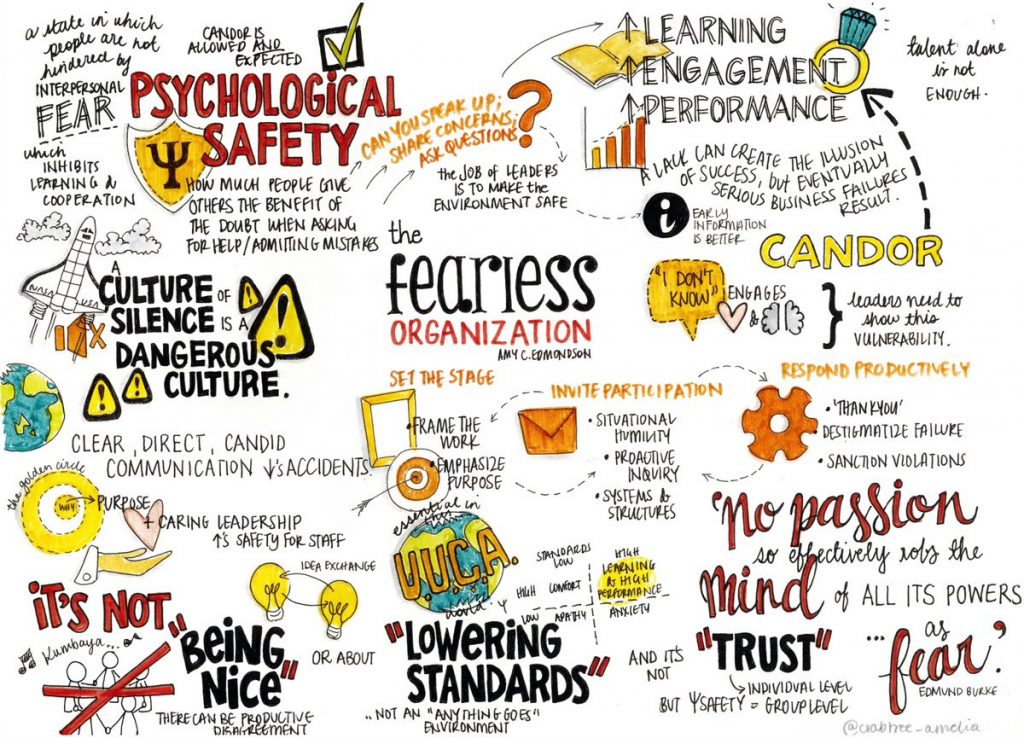Open Conversation, Human Connection, and Purposeful Change
“The hyperlinked library is human. Communication, externally and internally, is in a human voice. The librarians speak to users via open, transparent conversation.”
—Michael Stephens, The Hyperlinked Library
This week, we’ll dive into the heart of the course—the model of the Hyperlinked Library. At its core, this model is built on openness, participation, and the belief that libraries thrive when they foster meaningful human connections. Communication happens in a human voice. Conversations—with users, among staff, and across communities—are transparent, authentic, and ongoing.
The Hyperlinked Library is not a static institution. It grows through dialogue, adapts with intention, and evolves through collaboration. Its structure is flatter and team-based, encouraging flexibility and shared purpose. Collections develop through engagement with both staff and users. Librarians are present in physical and virtual spaces, connecting, listening, and guiding—not from a distance, but alongside the community.
Adapting to change is part of our DNA. Hyperlinked Library services emerge from careful trend-spotting, informed by our professional values and shaped by a deep understanding of how technology and culture interact. It’s not about chasing the latest tool—it’s about responding with thoughtfulness, always guided by the library’s mission and a commitment to service.
As you engage with this module, consider what it means to create a library that is truly participatory, truly connected, and truly human. This is the work ahead—and it starts with conversation.
Intro to the “historic” Hyperlinked Library Model Lecture
Lecture Recording
Things to Read
- Stephens, M. (2019). “Open to Change” in Wholehearted Librarianship, p. 80
- Older but Useful Resources
- Weinberger, D. (2001). “The hyperlinked organization” in The Cluetrain Manifesto, p. 86 -123
- Stephens, M. (2006). Into a new world of librarianship: nextspace_002
- Stephens, M. (2010). The hyperlinked school library: engage, explore, celebrate.
- Mathews, B. (2010). The unquiet library has high-schoolers geeked.
- Booth, M. (2013). People and UTS Library.
- Mattern, S. (2014). Library as Infrastructure
- Schmidt, A. (2014). Exploring Context (PDF Here: UX Exploring_context)
- Denning, S. (2015). Do We Need Libraries?
Newer Thought
- Skot-Hansen, D. (2017) 4 Spaces Model from Univ Copenhagen
- Model Program (2017), Four Spaces of the Public Library
- Leferink, S. (2018). To keep people happy … keep some books
- Tomlin, P. (2018). Empowerment, Experimentation, Engagement: Embracing Partnership Models in Libraries
- Edmondson, A. (2022). The Fearless Organization [graphic].
Things to View
- Kanal tilhørende transformationlab. (2009). Mindspot the movie: the library as a universe.
- Harvard University (Director). (2012). The future of the Harvard Library.
- We Are Library People (2015). Aarhus Library Tour
Things to Explore
- Roush, W. (2005). Social machines: Computing means connecting.
- DOK. (2010). Create stories tell stories keep stories: DOK Library Annual Report.
- Stephens, M. (2011). The hyperlinked library. (Original white paper text)
- Rainie, L. (2016). The Puzzles Librarians need to Solve.
- MIT Libraries. (2017). Future of Libraries MIT
- Anderson, N. (2018). Curated resources on diversity, inclusion, accessibility, and equity for libraries


